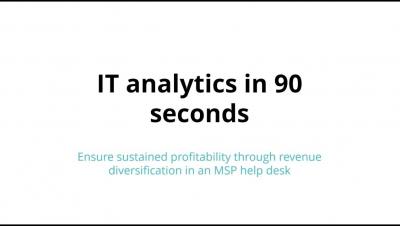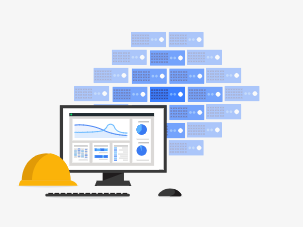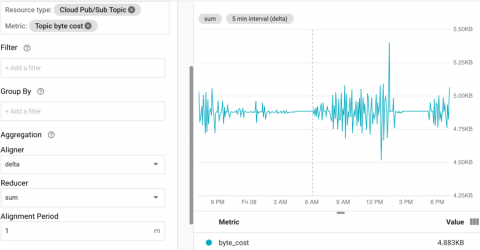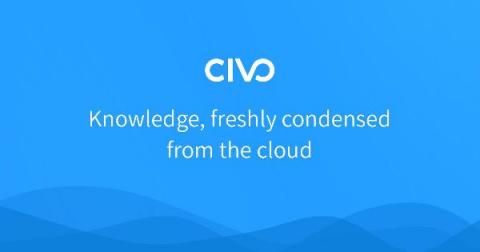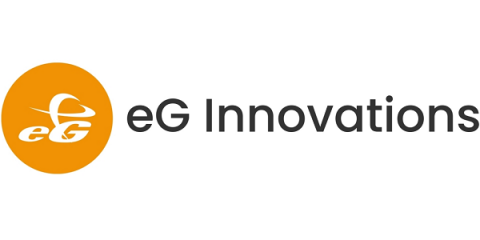Operations | Monitoring | ITSM | DevOps | Cloud
%term
Monitoring Kubernetes Clusters on GKE (Google Container Engine)
The Kubernetes ecosystem contains a number of logging and monitoring solutions. These tools address monitoring and logging at different layers in the Kubernetes Engine stack. This document describes some of these tools, what layer of the stack they address, as well as best practices for implementation including an example from the field, a quick start, and a demo project.
Downsampling and Exporting Stackdriver Monitoring Data
Stackdriver Monitoring contains a wealth of information about cloud resource usage, both for Google Cloud Platform (GCP) and and other sources. This post will explain how to use the Stackdriver Monitoring API to read, downsample, and export data from Stackdriver to BigQuery. Pub/Sub metrics will be used to demonstrate this.
Migrating To A New Log Management System
In a previous post we looked at 6 key considerations to keep in mind when selecting a log management solution: data collection, search experience, scalability, security, advanced analytics and cost effectiveness. Hopefully, you’ve managed to use this list to finally select your solution. What now?
We... are... live...
In the words of the UFC's icon Bruce Buffer, with a 180 degree spinning announcement - "we...are...live..." and finally after a long beta period, we're ready to launch to the public as a whole. The beta period has been an excellent experience for us, and of course, a great learning curve.
Why Your Website Needs Uptime Monitoring in 2019
When a visitor types your website into the search bar, they intend to see your website and not a broken link/webpage. In a digital world where we want everything right now, a website that is not available right now is a website we probably will not go back to in the future. That much should be obvious to everyone. If you are not careful, your website could be sending your visitors to your competitors. So how do you keep track of your website 24/7? One answer is to use an uptime monitoring service.
Docker Tips : access the Docker daemon via ssh
Docker 18.09 offers the possibility for a Docker client to communicate with a remote daemon via ssh. Here’s how.
Why is the Application Slow? Prove It's NOT the Network!
The one complaint that an IT administrator dreads to receive is one where an end user says, “My application is slow!”. The application in question can be a web application, an enterprise application like SAP, Microsoft SharePoint, or a SaaS application like Salesforce or Office 365. Since the application is accessed over a network, it’s natural that the network team is pulled up first under the suspicion that it’s a network issue.
Canary Deployment for AWS Lambda
With AWS Lambda, we get blue-green deployment out of the box. After we update our code, requests against our function would be routed to the new version. The platform would then automatically dispose of all containers running the old code to free up resources.
Budget Planning for Next-generation APM and Observability
If you’re trying to evaluate and understand the ROI of building an observability practice and carve out a budget for it, you’re not alone. You’ve probably got some monitoring and metrics capability already, but that’s proving to not be enough–how can you empower your teams as your environment becomes too complex for the basics? And how much will that cost?


